Gibbs Model Reflection: A Nursing Experience Analysis
VerifiedAdded on 2022/08/25
|7
|1669
|31
Report
AI Summary
This report provides a detailed reflection on a nursing student's clinical placement experience, focusing on the application of two key National Safety and Quality Health Service (NSQHS) Standards: Communication for Safety and Comprehensive Care. The student utilizes the Gibbs reflective model to analyze a situation where a preceptor nurse's actions deviated from these standards, specifically in the areas of documentation and patient communication. The report outlines the experience, including the context of a patient with a leg wound, and the student's observations of the preceptor's shortcomings in sharing patient information and providing post-treatment guidance. The reflection progresses through the Gibbs model's stages: description, feelings, evaluation, analysis, conclusion, and action plan. The student identifies areas for improvement in communication protocols and patient-centered care, emphasizing the importance of adhering to NSQHS standards to ensure patient safety and high-quality healthcare. The report concludes with recommendations for enhancing communication and providing continuous patient guidance in future scenarios.
1 out of 7
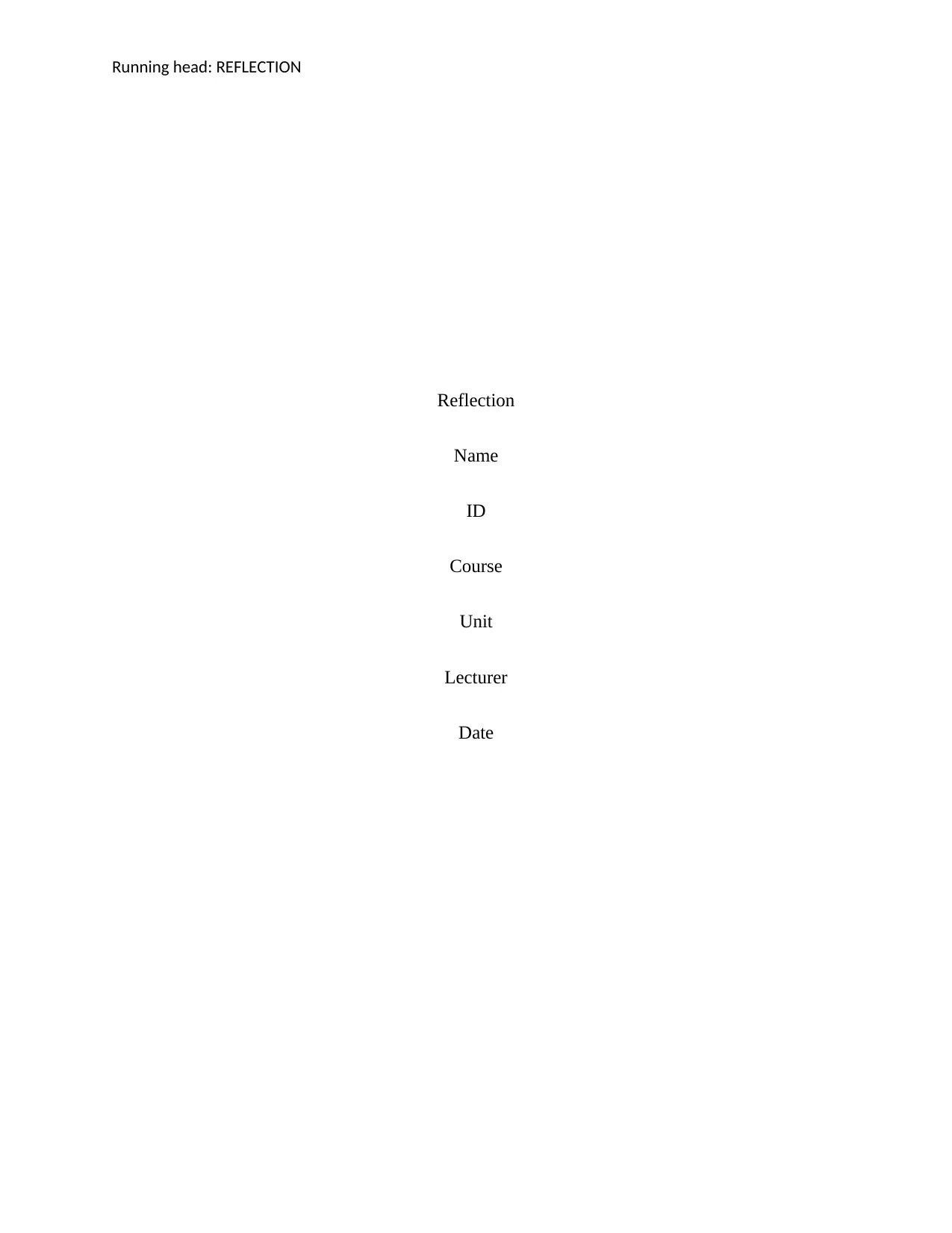
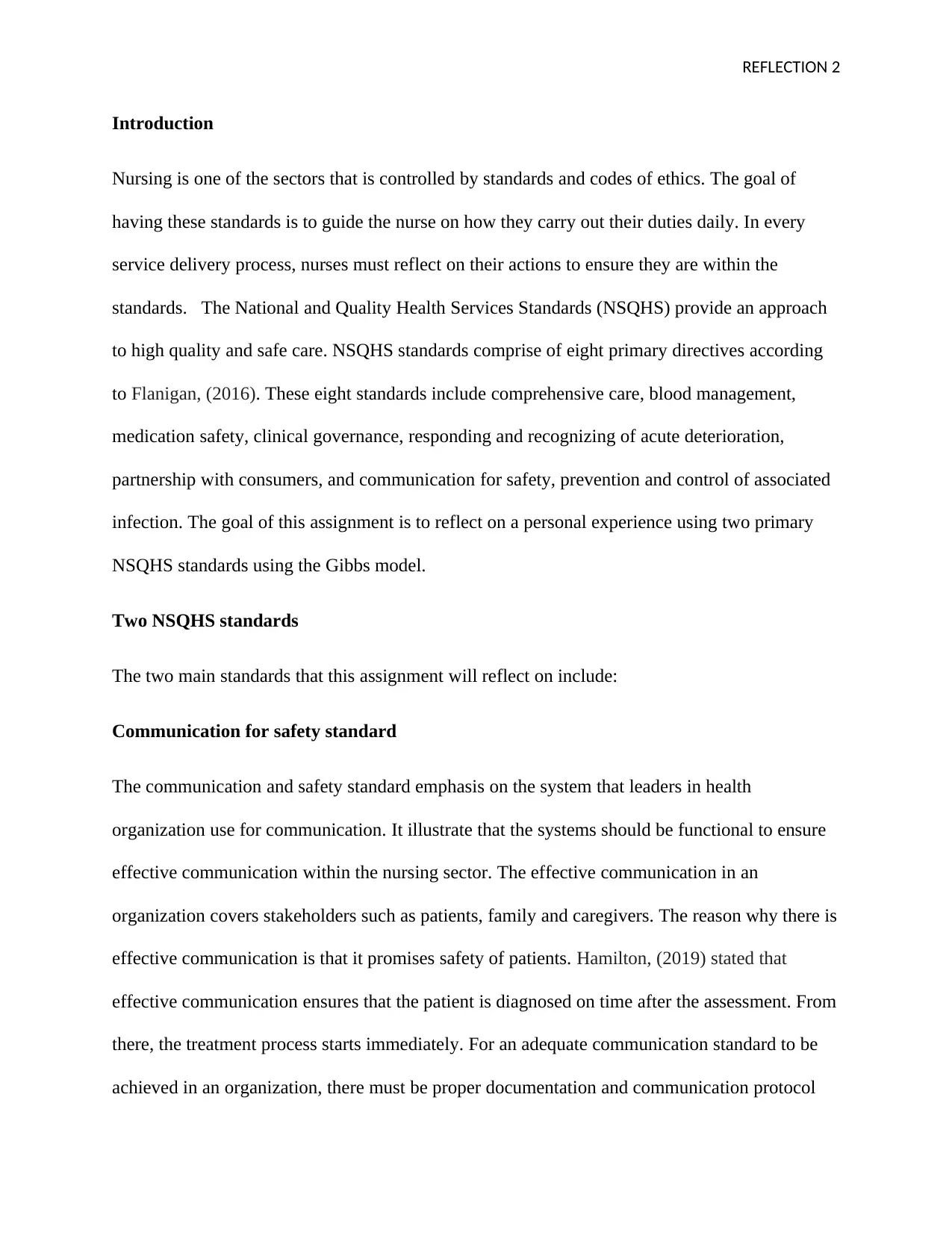
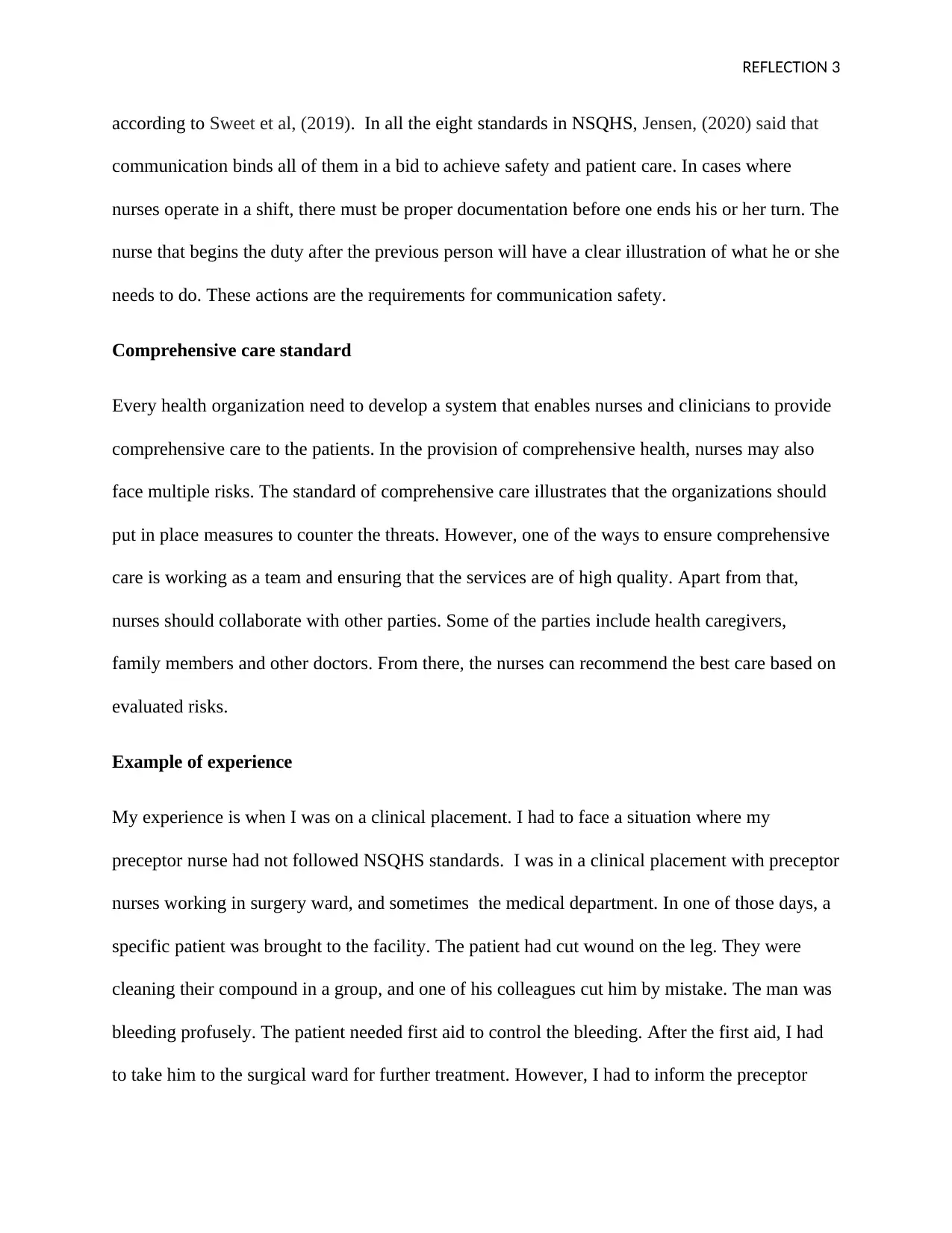
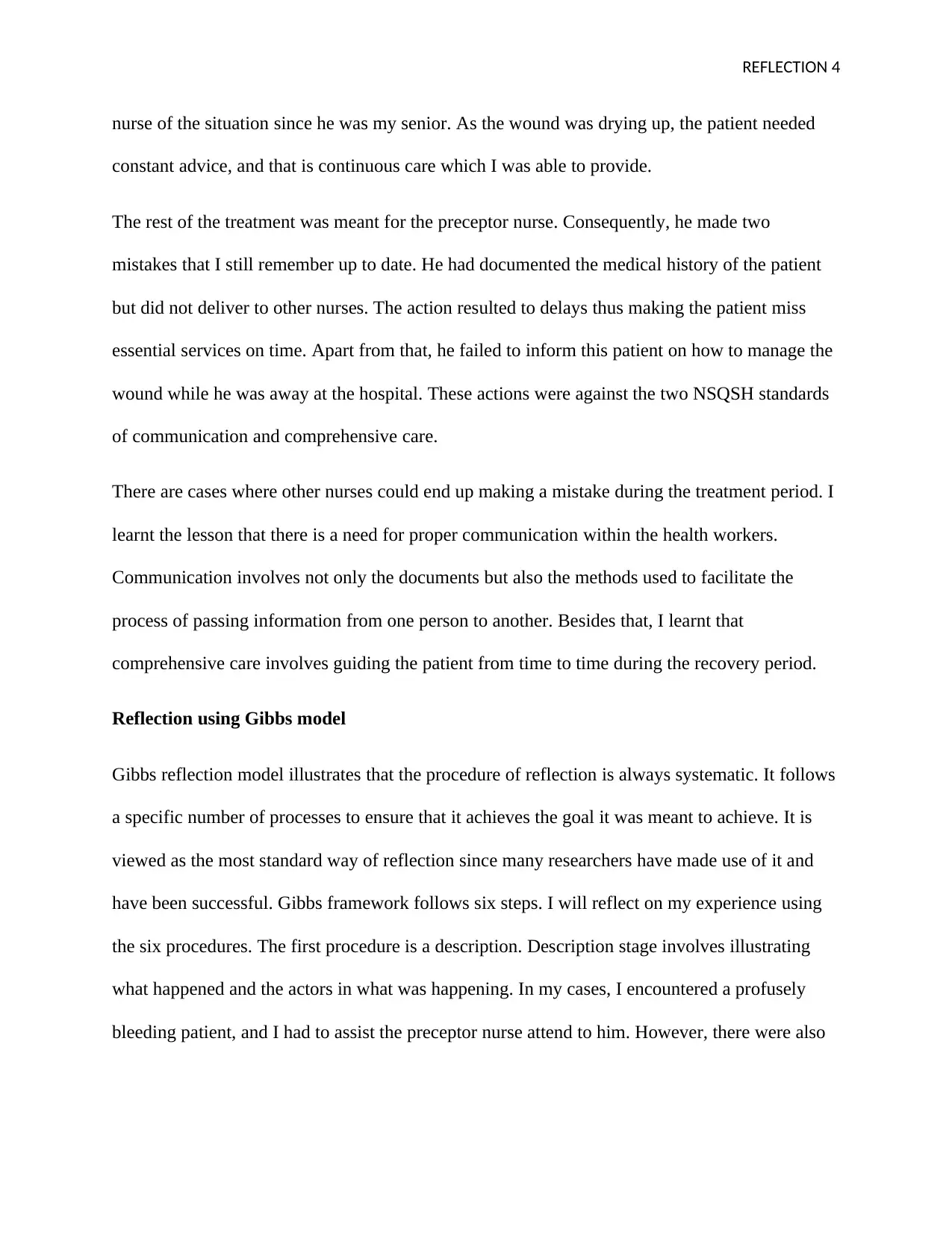
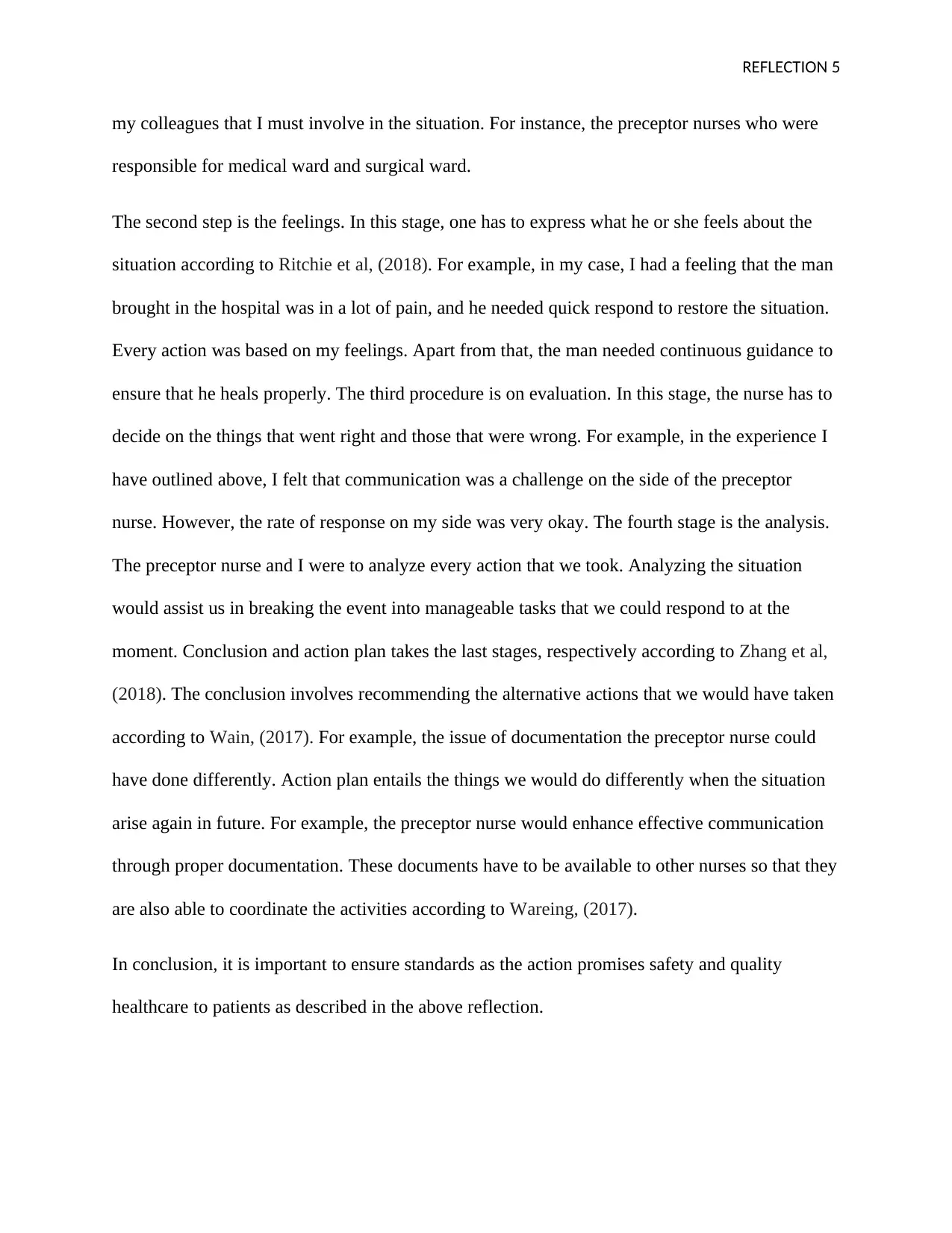
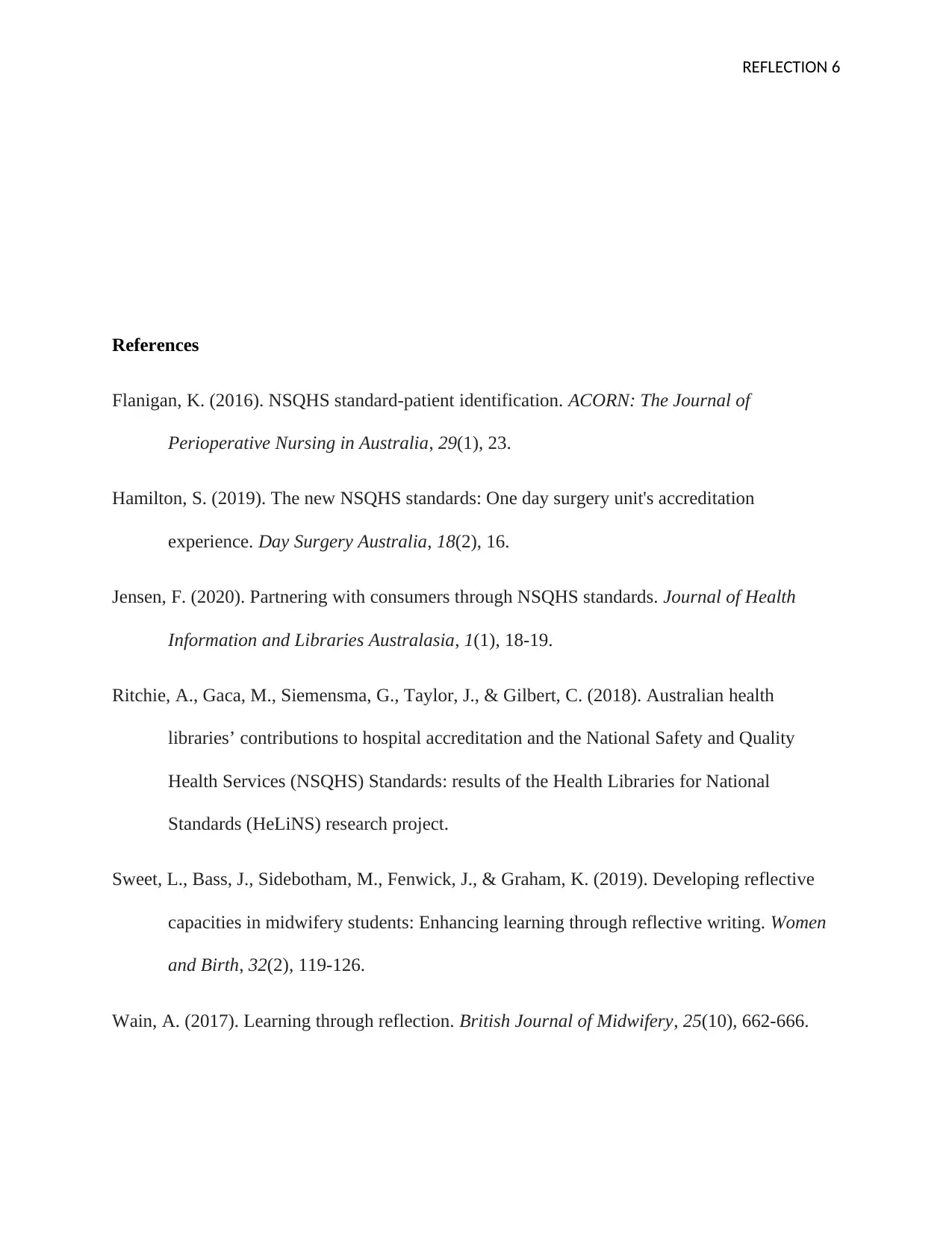
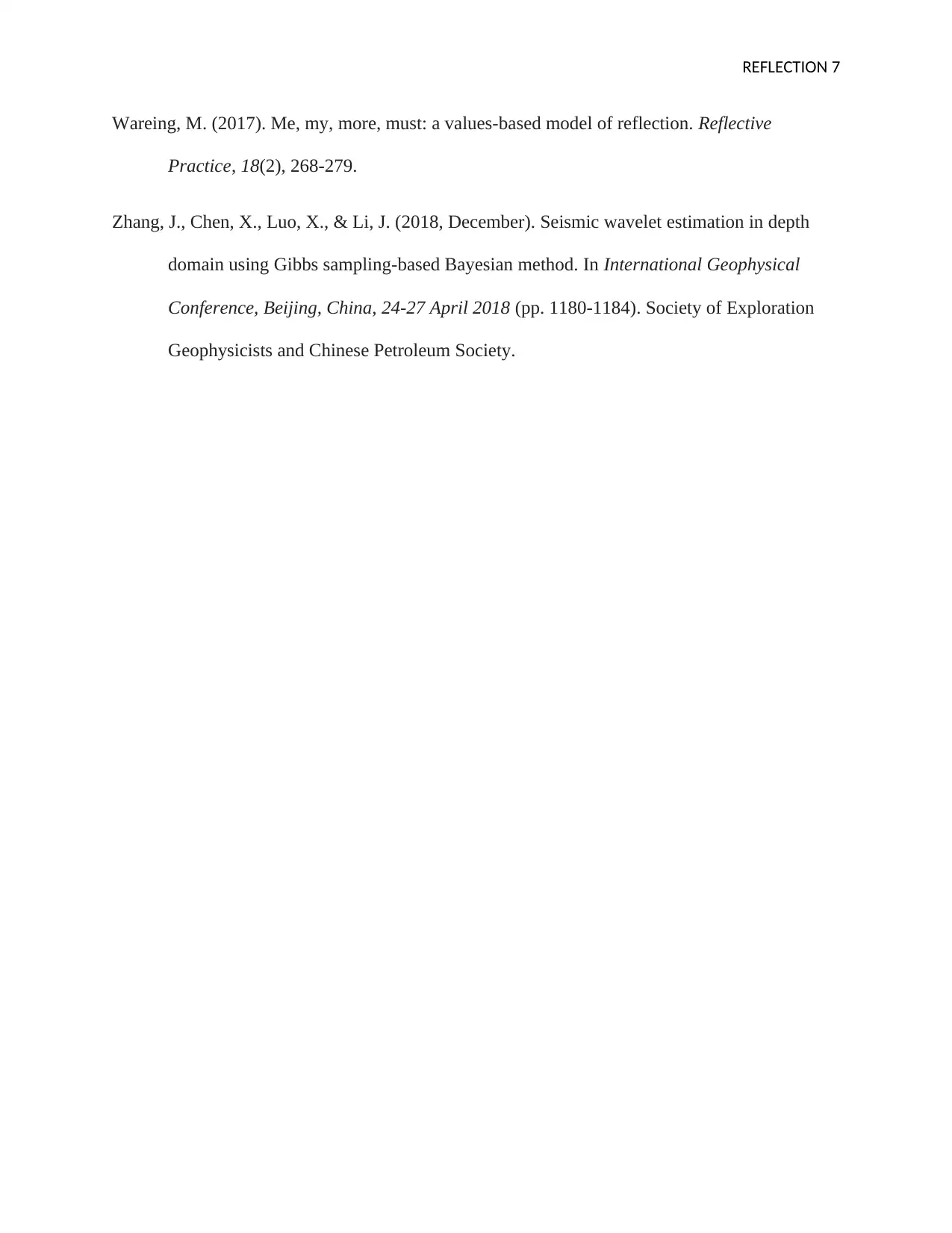






![[object Object]](/_next/static/media/star-bottom.7253800d.svg)